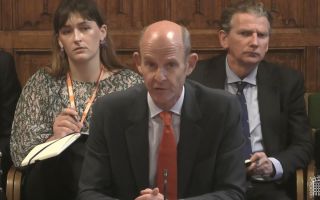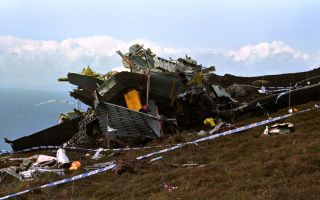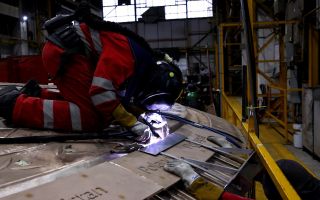Fighting for funding: Military bobsleighers facing constant battle to stay on the ice
"You have to be adaptable to any outcome," Sergeant Adam Baird tells me outside of the garage that his team have been working from in Norway.
"No plan survives first contact. You have to be able to adapt and go straight onto Plan B or Plan C and work around things.
"You have to be able to do it because there is no straight route in bobsleigh."
Sgt Baird, a Royal Marine who has served in Afghanistan on Operation Herrick, as well as reaching a high level of performance in both rugby and powerlifting, spoke to me at the Lillehammer Olympic Bobsleigh and Luge Track - used in the 1994 Winter Olympics.
He will go to Germany later this year to take part in the World Championships.
But before that, he was one of four military personnel competing in the World Cup in Norway, with British Army reservist Ally Kay also in his sled.
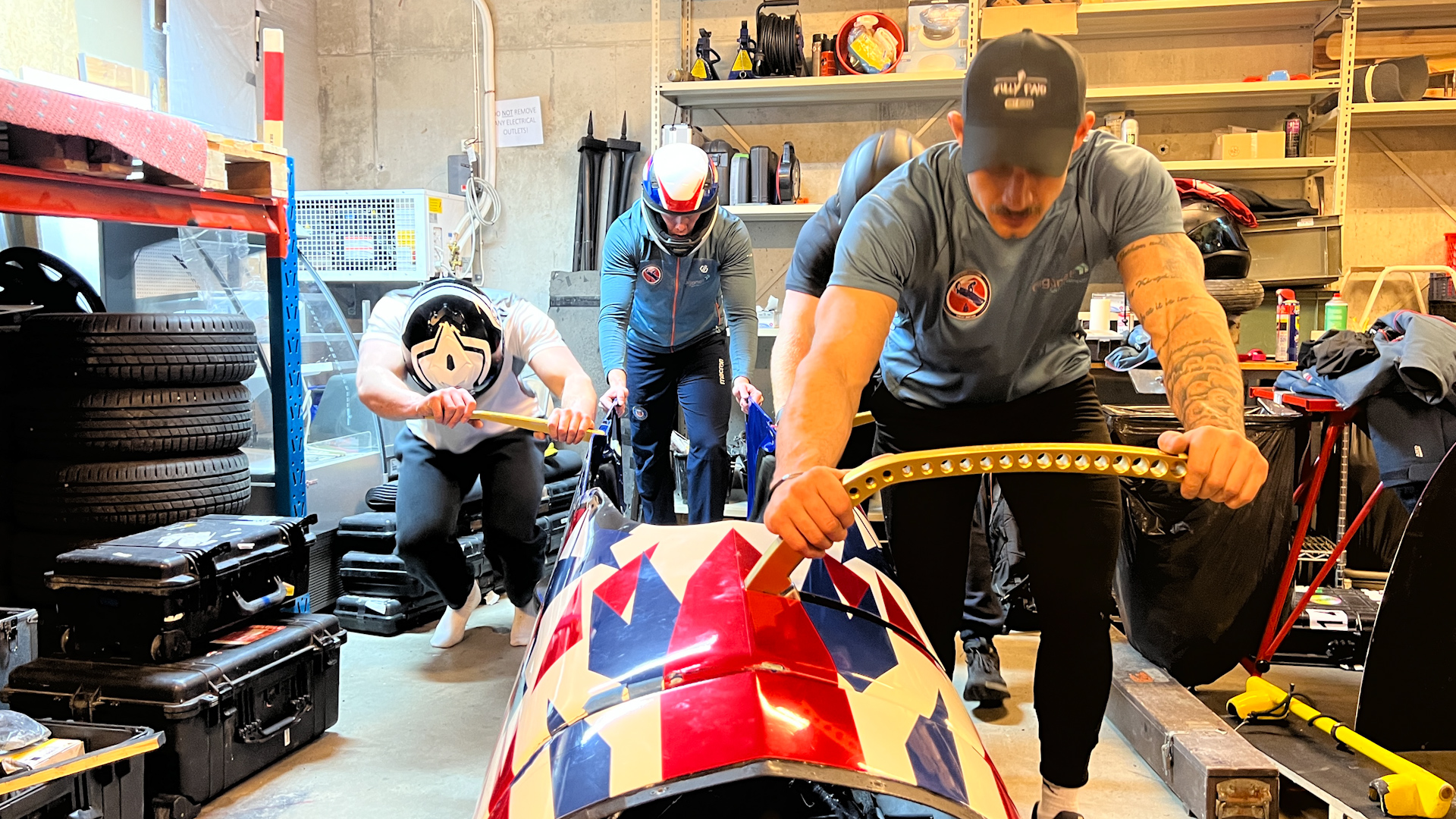
In 2017, Sgt Baird was asked to give bobsleigh a try by a Physical Training Instructor (PTI) at the Royal Marines' Commando Training Centre.
Despite saying no the year before, Sgt Baird did give it a go and "fell in love" with the sport after spending two weeks in Lillehammer with John Jackson, a Royal Marine who won bronze at the 2014 Winter Olympics in Sochi, Russia.
Sgt Baird and his team are now preparing for their World Cup debut in Norway.
"I think it's the third time we've been here this season, so if there's anywhere we're going to do a World Cup debut, it's this place," he said.
Sgt Baird is not the only member of the military in Lillehammer.
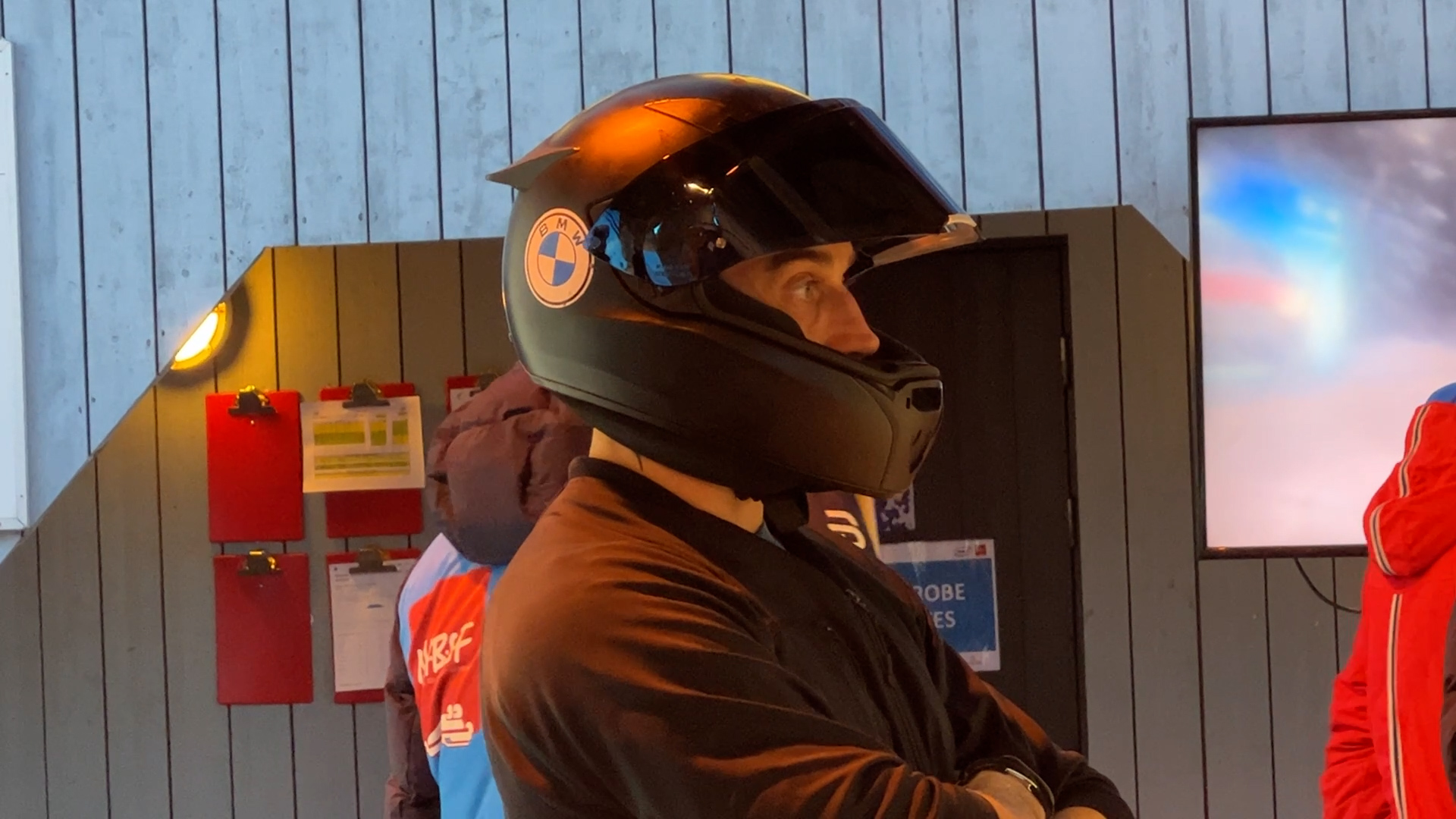
Another team who have fought for their place in Norway are the two-man bobsleigh made up of Corporal John Stanbridge and Corporal Alex Cartagena.
Both engineers in the Royal Air Force, Cpls Stanbridge and Cartagena have faced extreme health scares that threatened their lives as well as their sporting careers.
Just over a year ago, Cpl Stanbridge, the pilot of the two-man sled, broke his neck during a race in Altenburg, Germany, which he described as possibly the hardest track in the world.
"I could have been paralysed," he told Forces News.
"I made a mistake, didn't steer at the right time. We crashed quite early on, it was corner four or five.
"I'm then outside the sled a little bit, the guy behind me ... actually rolled forward.
"I got pinned, so there was no way for me to tuck under the cowling.
"So at that point, I’m sort of jammed between the ice and the sled. We're going down and I can see a short wall coming, we hit that at maybe 40, 50 miles an hour and I heard like a crack or a pop."
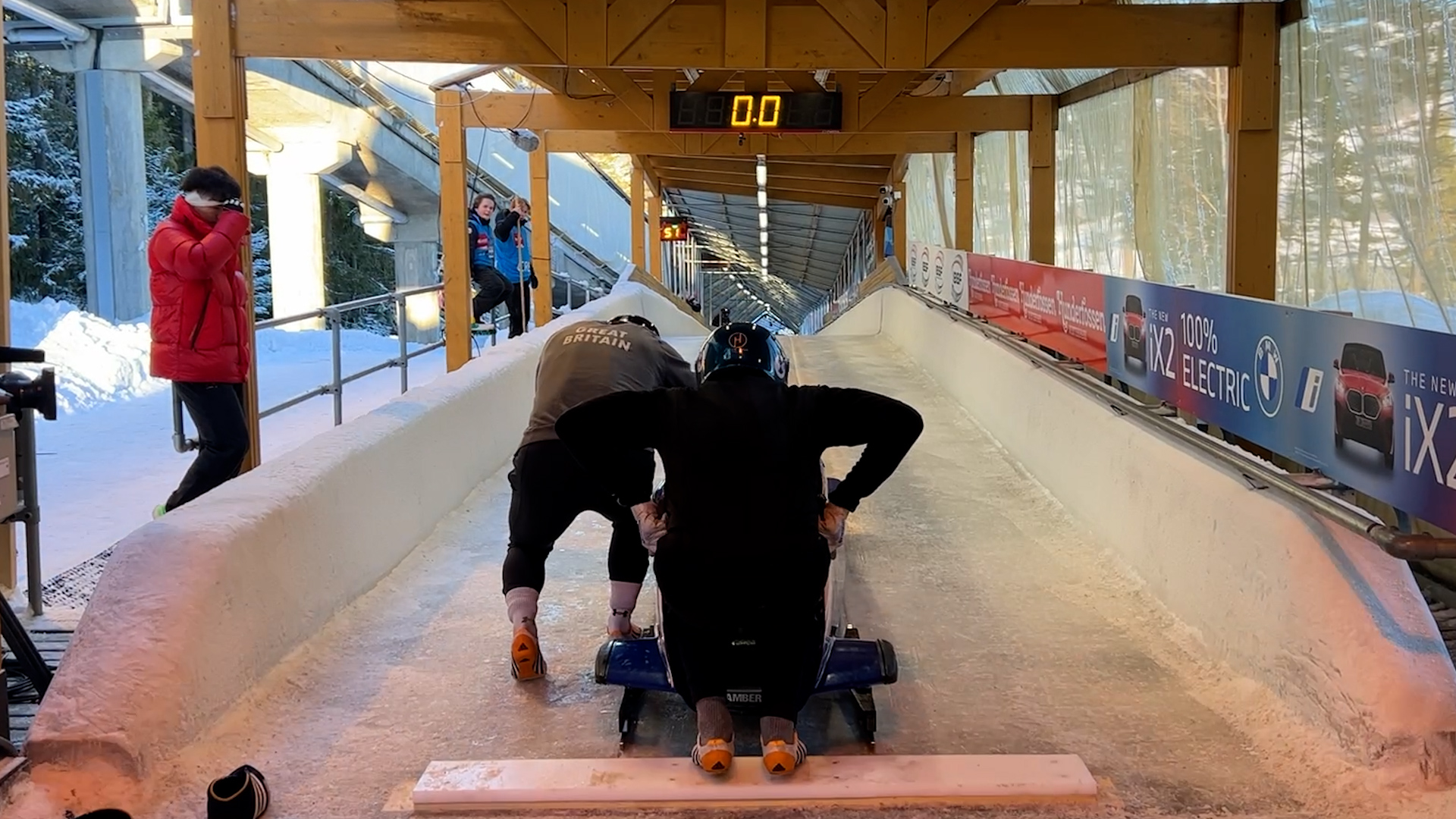
Cpl Stanridge said he initially thought it was muscular, but after getting to the bottom of the track it was clear he had broken his neck.
He was then flown to Dresden hospital, where he was told he had fractured the C4 vertebrae and ruptured discs C4, C5 and C6.
"They took two of the discs out, and I've got a metal cage across… three vertebrae now and the bones are now fully fused."
His teammate, Cpl Cartagena, missed out on his first season after finding out he had a serious heart condition.
"I was away on deployment actually I ended up passing out in a storm drain and my teammates found me," he said.
"It turned out I had a dead serious issue with my heart, so I stayed in hospital for a little bit, got flown back to the UK and then I had to have a series of operations."
He said the first couple weren't actually successful, but he was sent to the Oxford Cardio Clinic where staff managed to fix his heart issue.
"I've not had a problem since, which meant I made my debut in 2021," he said.
"Unfortunately, although John brought me into the sport, we didn't actually race together until Segulda."
But now, having made their debut together, they are looking to make up for lost time.
"Things have been going really well for team RAF," Cpl Cartagena said.
"I don't think there's ever been a time when two people from the Air Force have actually raced together on the World Cup, so yeah it's huge."
Despite battling their way back from huge personal setbacks, there is still a recurring issue both men face - funding.
They are not alone.
As the pilot of a four-man sled, it is Sgt Baird's responsibility to find the team sponsorship and continue to compete for British Bobsleigh.
It is, he told Forces News, the biggest issue they face.
"This is an expensive sport and we wouldn't be able to do it without our sponsors," he said.
"We've got quite a few sponsors who really do… dig out blind for us and help us and keep us on ice… especially from the early days where we weren't necessarily getting results and we were just trying to get our foot through the door.
"My whole off season is surrounded by trying to get sponsorship and get more money because every year there's more challenges.
"Really we need to upgrade kit, pretty much on a yearly basis sometimes."
For Sgt Baird's squad, a new sled is the goal - with the team making their World Cup debut in one they have rented.
"We've rented a world-class sled and I've only had four runs in it," he said.
"I am enjoying driving it. We got down really well. The times are good, so hopefully we take that on into the race for our debut at the World Cup."
He explains it was being used by a British driver who recently retired.
"It's a good sled. It's expensive - they're not cheap. A four-man sled, if you buy a brand new sled, is £100,000 off the shelf."
It is clear that while it is not the only thing that influences results, funding goes along way in a sport that takes place in expensive locations such as Saint Moritz in Switzerland, Lake Placid in the US and Lillehammer in Norway.
Cpl Stanbridge believes athletes are "in a position where it's chicken and egg" when it comes to funding.
"UK Sport want results, but the only way to get results is to be there doing it and competing," he said.
"We need that chance to be there and have that chance to compete and show that we… are podium potential - that we can do it."




